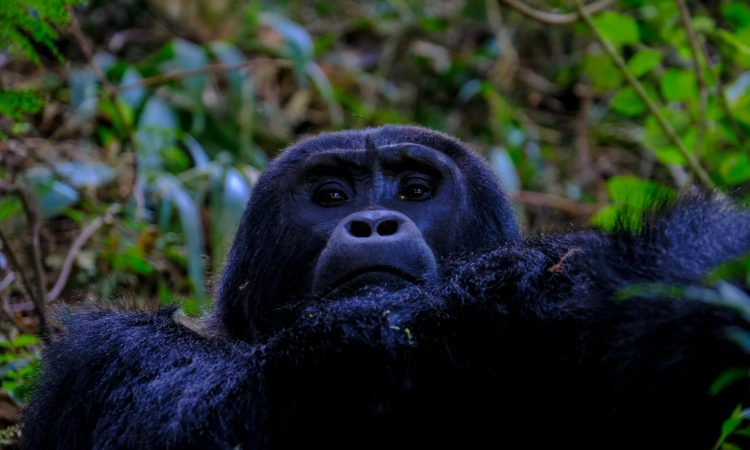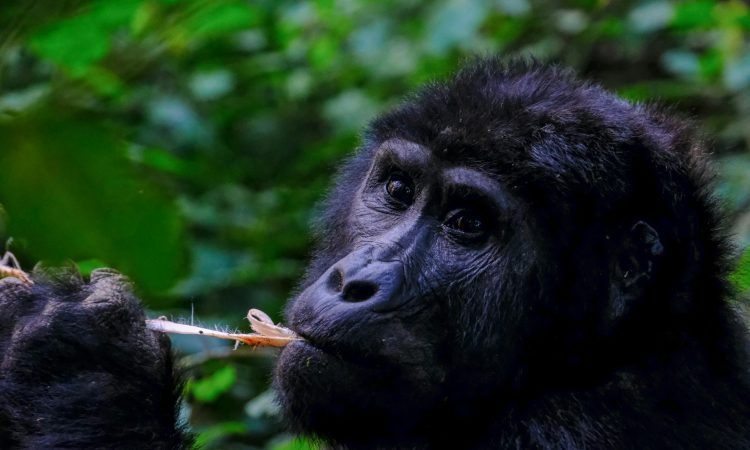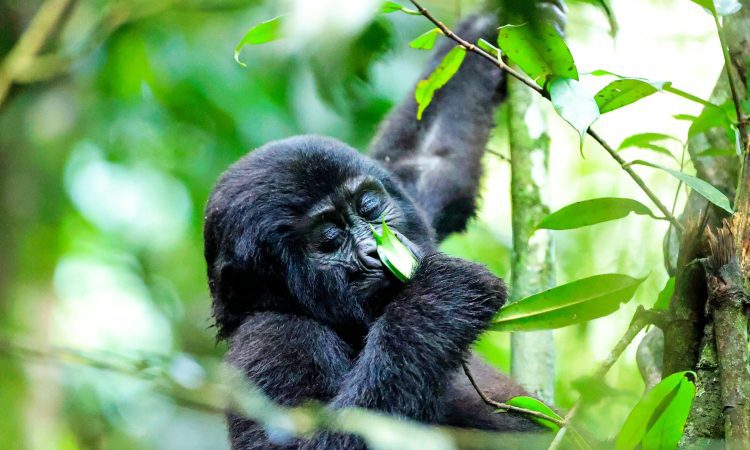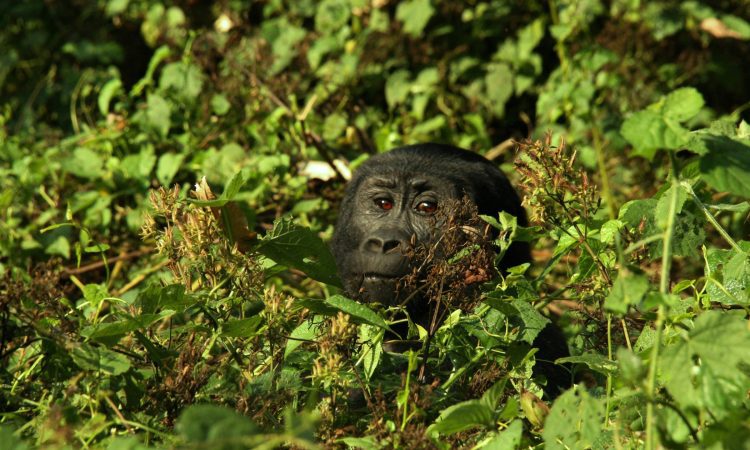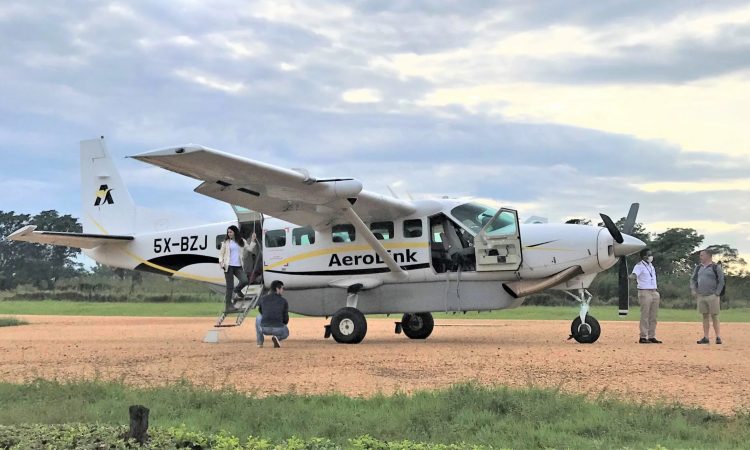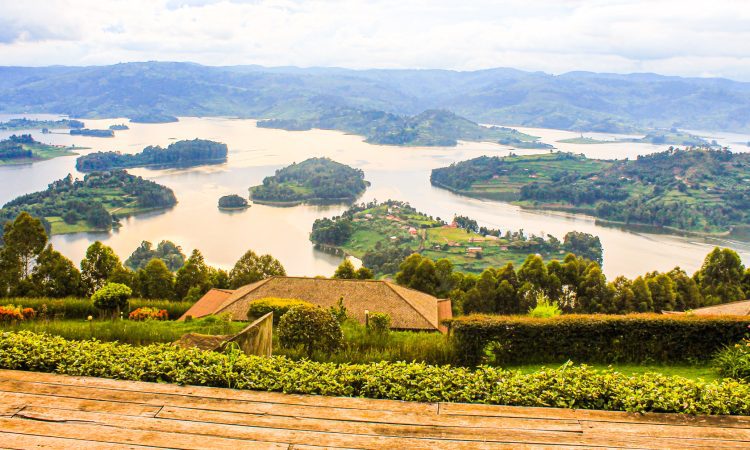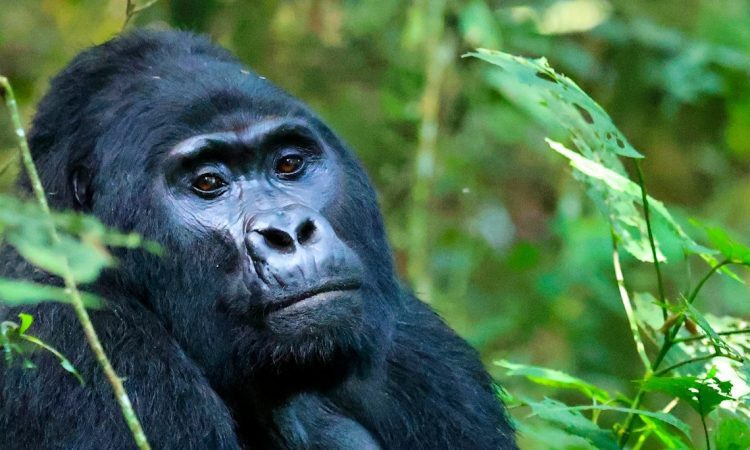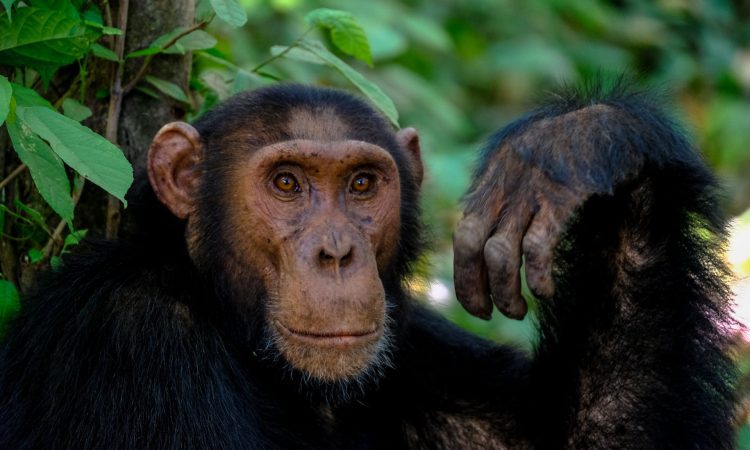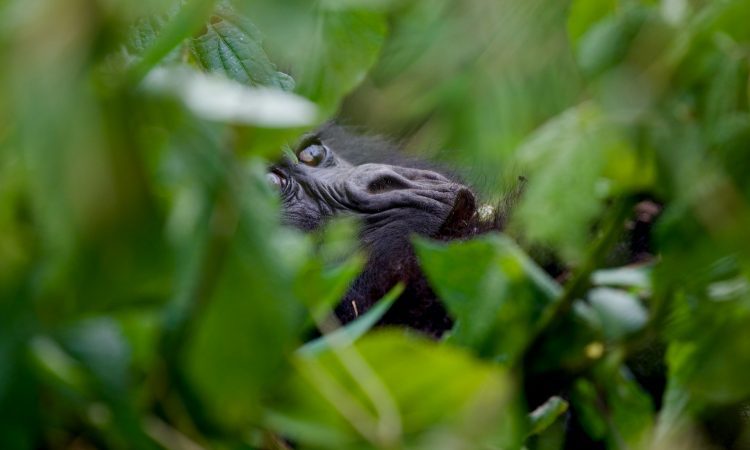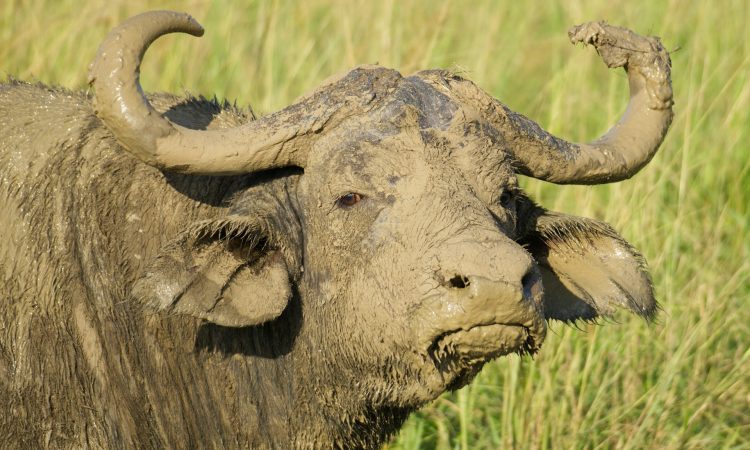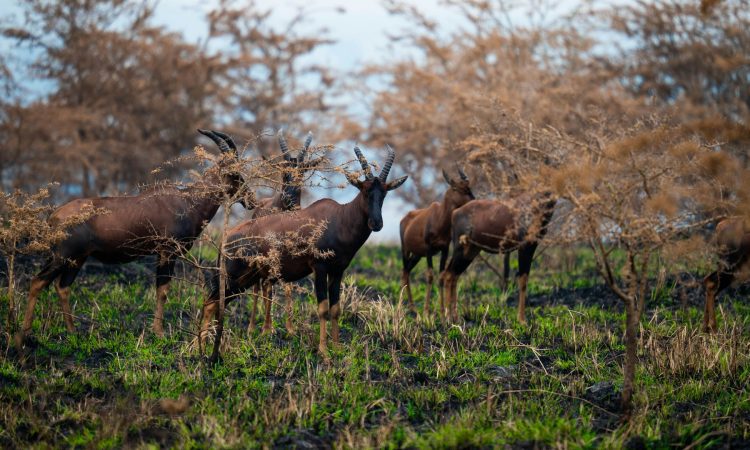Why Are Gorillas Poached? Mountain gorillas are the largest primates in their natural habitat.
They live freely in only three countries worldwide: the Democratic Republic of Congo, Uganda, and Rwanda.
Mountain gorillas share 98% of their genetic makeup with humans, making them the closest relatives to humans, along with chimpanzees and bonobos.
Gorillas have gained global attention because of their strong, stocky bodies with broad chests, large arms, and small eyes set in their fearless faces. This has made gorilla tourism one of the most profitable tourist activities.
Mountain gorillas live in tropical forests and the Virunga mountain ranges. They are predominantly herbivores, feeding mainly on vegetation, bamboo, and fruits. Occasionally, they eat insects, especially during the dry season.
Mountain gorillas live at an altitude of about 8,000 to 13,000 feet.
They have a gestation period of 8.5 months and a slow reproduction rate, as a female takes about four years to reproduce again.
It is important to note that mountain gorillas are still endangered due to various human activities, despite global efforts to conserve their species and habitat. One of the major threats is poaching.
Reasons for Gorilla Poaching
Some of the main reasons for gorilla poaching include:
- Some people poach mountain gorillas for illegal trade, as some individuals keep them as pets.
- Others poach gorillas for food, especially bushmeat eaters.
- People living near gorilla habitats sometimes poach mountain gorillas in retaliation for the animals destroying their crops.
- Traditional healers in some areas poach mountain gorillas to use certain body parts as charms.
- Mountain gorillas are also poached for trophies.
- Some poachers kill adult gorillas to capture and sell their infants.
Mountain gorillas are poached for selfish reasons, and this should be strongly discouraged.

